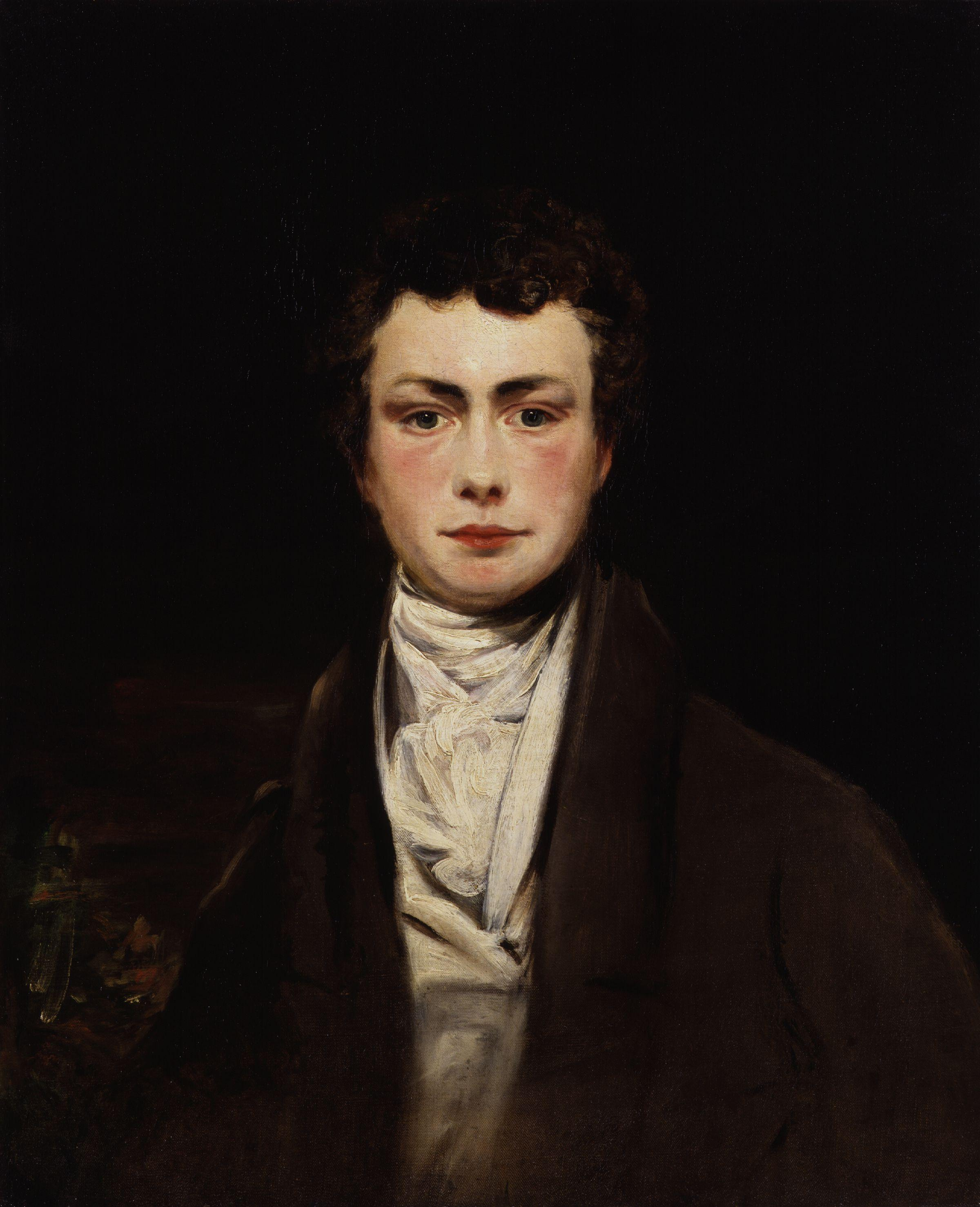|
Johannes Gelbke
Johannes Woldemar Gelbke (19 July 1846 – 1 March 1903) was a German composer, choir lieder, conductor and singer He became known especially in Germany for his song ''Horch! Die alten Eichen rauschen...'' ("Heimkehr"). He also worked as a composer, conductor, choirmaster and singer in the US, where he lived and worked from 1882. Life Gelbke was born in Radeberg. Father Ernst Ludwig Gelbke (1812 Radeberg - unknown) was "veterinarian and company blacksmith in the local Königl. Sächs. Brigade Reiter Artillerie" in the Radeberg garrison. On the recommendation of his teachers, Johannes was admitted to the after attending the Radeberg primary school. (Kreuzschule) as boarding school pupil and because of his excellent soprano voice he was accepted into the alumnae choir (Dresdner Kreuzchor). The cantor of the Kreuzchor at the time and composer quickly recognised the boy's musical abilities, introduced him to the ecclesiastical Tonkunst and gave him lessons in music theory. Alre ... [...More Info...] [...Related Items...] OR: [Wikipedia] [Google] [Baidu] |
Musicology
Musicology (from Greek μουσική ''mousikē'' 'music' and -λογια ''-logia'', 'domain of study') is the scholarly analysis and research-based study of music. Musicology departments traditionally belong to the humanities, although some music research is scientific in focus (psychological, sociological, acoustical, neurological, computational). Some geographers and anthropologists have an interest in musicology so the social sciences also have an academic interest. A scholar who participates in musical research is a musicologist. Musicology traditionally is divided in three main branches: historical musicology, systematic musicology and ethnomusicology. Historical musicologists mostly study the history of the western classical music tradition, though the study of music history need not be limited to that. Ethnomusicologists draw from anthropology (particularly field research) to understand how and why people make music. Systematic musicology includes music theory, aesthe ... [...More Info...] [...Related Items...] OR: [Wikipedia] [Google] [Baidu] |
Joseph Von Eichendorff
Joseph Freiherr von Eichendorff (10 March 178826 November 1857) was a German poet, novelist, playwright, literary critic, translator, and anthologist. Eichendorff was one of the major writers and critics of Romanticism.Cf. J. A. Cuddon: ''The Penguin Dictionary of Literary Terms and Literary Theory'', revised by C. E. Preston. London 1999, p. 770. Ever since their publication and up to the present day, some of his works have been very popular in Germany. Eichendorff first became famous for his 1826 novella ''Aus dem Leben eines Taugenichts'' (freely translated: ''Memoirs of a Good-for-Nothing'') and his poems. The ''Memoirs of a Good-for-Nothing'' is a typical Romanticism, Romantic novella whose main themes are wanderlust and love. The protagonist, the son of a miller, rejects his father's trade and becomes a gardener at a Viennese palace where he subsequently falls in love with the local duke's daughter. As, with his lowly status, she is unattainable for him, he escapes to ... [...More Info...] [...Related Items...] OR: [Wikipedia] [Google] [Baidu] |
Book Of Ruth
The Book of Ruth ( he, מגילת רות, ''Megilath Ruth'', "the Scroll of Ruth", one of the Five Megillot) is included in the third division, or the Writings (Ketuvim), of the Hebrew Bible. In most Christian canons it is treated as one of the historical books and placed between Judges and 1 Samuel. The book, written in Hebrew in the 6th–4th centuries BCE, tells of the Moabite woman Ruth, who accepts Yahweh, the God of the Israelites, as her God and accepts the Israelite people as her own. In Ruth 1:16–17, Ruth tells Naomi, her Israelite mother-in-law, "Where you go I will go, and where you stay I will stay. Your people will be my people and your God my God. Where you die I will die, and there I will be buried. May the Lord deal with me, be it ever so severely, if even death separates you and me." The book is held in esteem by Jews who fall under the category of Jews-by-choice, as is evidenced by the considerable presence of Boaz in rabbinic literature. The Book of Rut ... [...More Info...] [...Related Items...] OR: [Wikipedia] [Google] [Baidu] |
Max Bruch
Max Bruch (6 January 1838 – 2 October 1920) was a German Romantic composer, violinist, teacher, and conductor who wrote more than 200 works, including three violin concertos, the first of which has become a prominent staple of the standard violin repertoire. Early life and education Max Bruch was born in 1838 in Cologne to Wilhelmine (), a singer, and August Carl Friedrich Bruch, an attorney who became vice president of the Cologne police. Max had a sister, Mathilde ("Till"). He received his early musical training under the composer and pianist Ferdinand Hiller, to whom Robert Schumann dedicated his Piano Concerto in A minor. The Bohemian composer and piano virtuoso Ignaz Moscheles recognized the aptitude of Bruch. At the age of nine, Bruch wrote his first composition, a song for his mother's birthday. From then on, music was his passion. His studies were enthusiastically supported by his parents. He wrote many minor early works including motets, psalm settings, piano pieces ... [...More Info...] [...Related Items...] OR: [Wikipedia] [Google] [Baidu] |
Thomas Moore
Thomas Moore (28 May 1779 – 25 February 1852) was an Irish writer, poet, and lyricist celebrated for his ''Irish Melodies''. Their setting of English-language verse to old Irish tunes marked the transition in popular Irish culture from Irish to English. Politically, Moore was recognised in England as a press, or " squib", writer for the aristocratic Whigs; in Ireland he was accounted a Catholic patriot. Married to a Protestant actress and hailed as "Anacreon Moore" after the classical Greek composer of drinking songs and erotic verse, Moore did not profess religious piety. Yet in the controversies that surrounded Catholic Emancipation, Moore was seen to defend the tradition of the Church in Ireland against both evangelising Protestants and uncompromising lay Catholics. Longer prose works reveal more radical sympathies. The ''Life and Death of Lord Edward Fitzgerald'' depicts the United Irish leader as a martyr in the cause of democratic reform. Complementing Maria Edgewort ... [...More Info...] [...Related Items...] OR: [Wikipedia] [Google] [Baidu] |
Julius Sturm
Julius Sturm (21 July 1816 - 2 May 1896), German poet, was born at Köstritz in the principality of Reuss. He studied theology at Jena from 1837 to 1841, and was appointed preceptor to the hereditary prince Heinrich XIV, Prince Reuss Younger Line. In 1851 he became pastor of Göschitz near Schleiz, and in 1857 at his native village of Köstritz. In 1885 he retired with the title of ''Geheimkirchen rat''. He died in Leipzig. Sturm was a writer of lyrics and sonnets and of church poetry, breathing a spirit of deep piety and patriotism. His religious poems were published in: *''Fromme Lieder'' (Devout Songs and Poems; pt. i., Leipzig, 1852; 12th ed., 1893; pt. ii., 1858; pt. iii., 1892) *''Zwei Rosen, oder das hohe Lied der Liebe'' (Two Roses, or the Canticle of Love; Leipzig, 1854; 2nd ed., 1892) *''Israelitische Lieder'' (Israelite Songs; 3rd ed., Halle, 1881) *''Palme und Krone'' (Palm and Crown; Leipzig, 1888) His chief lyrics were issued in: *''Gedichte'' (6th ed., Leipzig, ... [...More Info...] [...Related Items...] OR: [Wikipedia] [Google] [Baidu] |
Label Heimkehr Nebe-Quartett Ca
A label (as distinct from signage) is a piece of paper, plastic film, cloth, metal, or other material affixed to a container or product, on which is written or printed information or symbols about the product or item. Information printed directly on a container or article can also be considered labelling. Labels have many uses, including promotion and providing information on a product's origin, the manufacturer (e.g., brand name), use, safety, shelf-life and disposal, some or all of which may be governed by legislation such as that for food in the UK or United States. Methods of production and attachment to packaging are many and various and may also be subject to internationally recognised standards. In many countries, hazardous products such as poisons or flammable liquids must have a warning label. Uses Labels may be used for any combination of identification, information, warning, instructions for use, environmental advice or advertising. They may be stickers, ... [...More Info...] [...Related Items...] OR: [Wikipedia] [Google] [Baidu] |
Shellac Record
A phonograph record (also known as a gramophone record, especially in British English), or simply a record, is an analog sound storage medium in the form of a flat disc with an inscribed, modulated spiral groove. The groove usually starts near the periphery and ends near the center of the disc. At first, the discs were commonly made from shellac, with earlier records having a fine abrasive filler mixed in. Starting in the 1940s polyvinyl chloride became common, hence the name vinyl. The phonograph record was the primary medium used for music reproduction throughout the 20th century. It had co-existed with the phonograph cylinder from the late 1880s and had effectively superseded it by around 1912. Records retained the largest market share even when new formats such as the compact cassette were mass-marketed. By the 1980s, digital media, in the form of the compact disc, had gained a larger market share, and the record left the mainstream in 1991. Since the 1990s, records cont ... [...More Info...] [...Related Items...] OR: [Wikipedia] [Google] [Baidu] |






